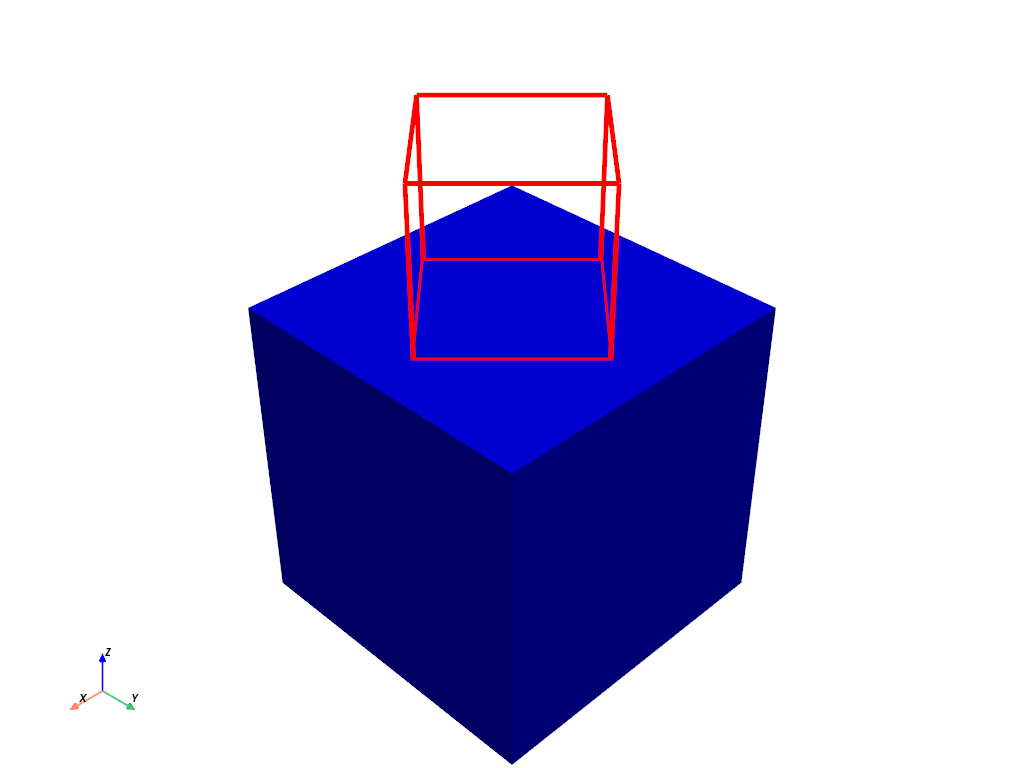pyvista.Prop3D.user_matrix#
- property Prop3D.user_matrix: NumpyArray[float][source]#
Return or set the user matrix.
In addition to the instance variables such as position and orientation, the user can add an additional transformation to the actor.
This matrix is concatenated with the actor’s internal transformation that is implicitly created when the actor is created. This affects the actor/rendering only, not the input data itself.
The user matrix is the last transformation applied to the actor before rendering.
- Returns:
np.ndarrayA 4x4 transformation matrix.
See also
transformApply a transformation to the
user_matrix.
Examples
Apply a 4x4 translation to a wireframe actor. This 4x4 transformation effectively translates the actor by one unit in the Z direction, rotates the actor about the z-axis by approximately 45 degrees, and shrinks the actor by a factor of 0.5.
>>> import pyvista as pv >>> mesh = pv.Cube() >>> pl = pv.Plotter() >>> _ = pl.add_mesh(mesh, color='b') >>> actor = pl.add_mesh( ... mesh, ... color='r', ... style='wireframe', ... line_width=5, ... lighting=False, ... ) >>> arr = [ ... [0.707, -0.707, 0, 0], ... [0.707, 0.707, 0, 0], ... [0, 0, 1, 1.5], ... [0, 0, 0, 2], ... ] >>> actor.user_matrix = arr >>> pl.show_axes() >>> pl.show()
